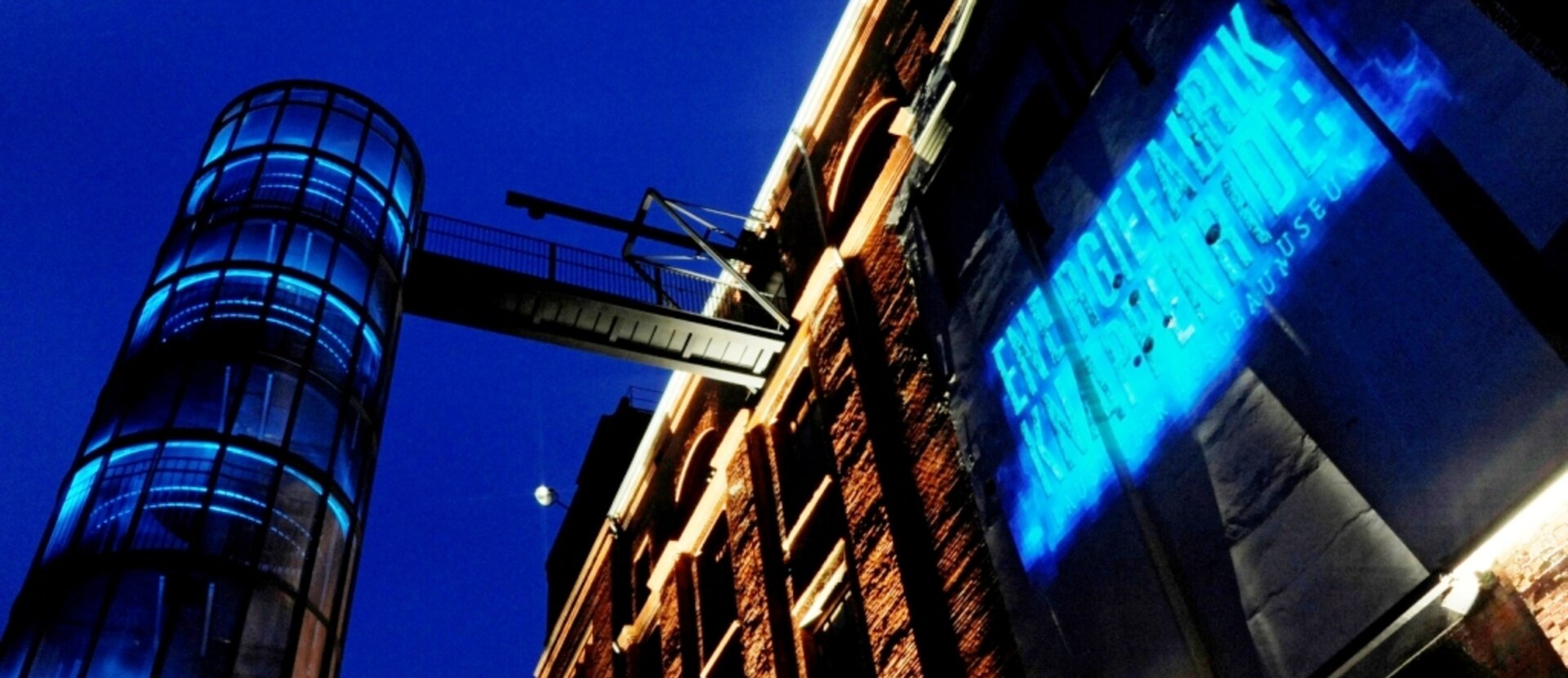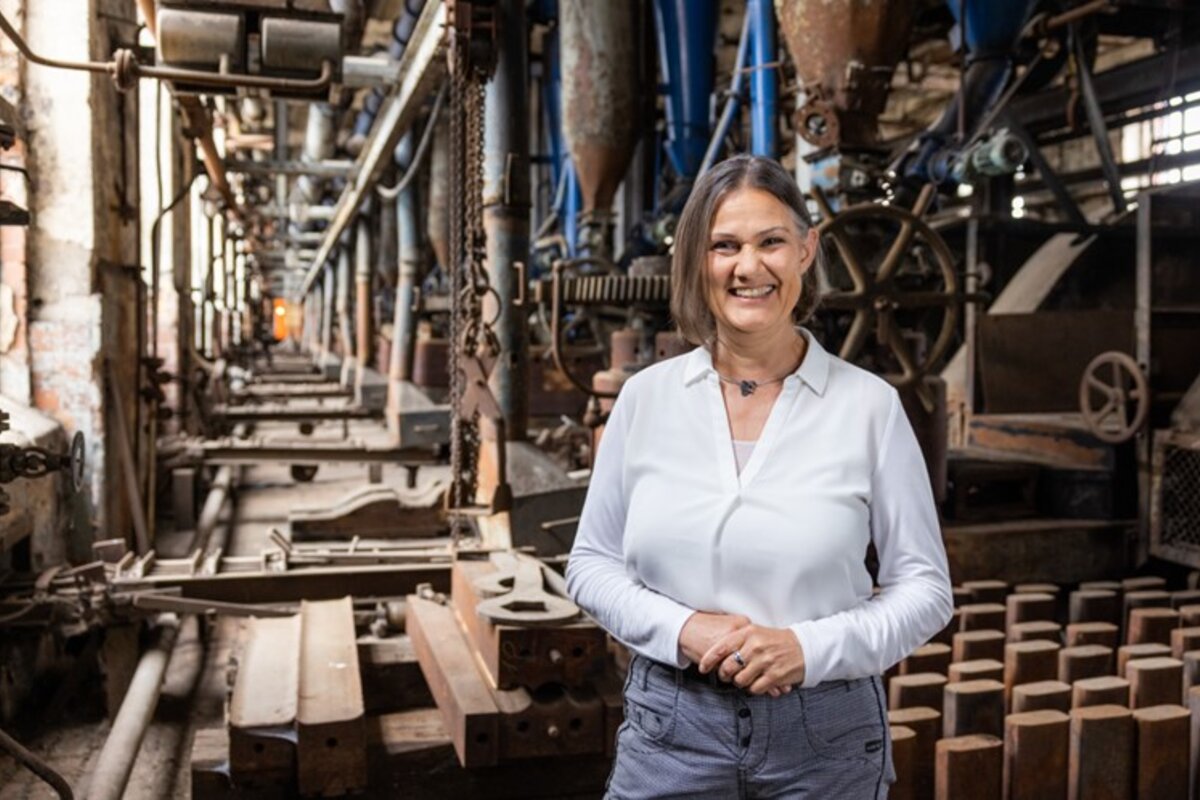She is optimistic about the future of Lusatia: Kirstin Zinke, the former director of the Knappenrode energy factory, a museum within the Saxon Industrial Museum Association. Building on the old and preserving it, but still being courageous for the new - that's exactly her thing. The energy factory was originally a briquette factory. Today, there is a museum in the middle of the old, fully preserved plant - a symbiosis that is not always easy, as Kirstin Zinke explains: "The site is an industrial monument, a place of identification, a professional museum, basically an anchor, a little piece of home for the people in the region and for the guests who come to visit us. A nationally significant industrial monument with a state-of-the-art museum integrated into it is always a challenge."
However, reducing Lusatia to just the history of lignite mining is far from her mind. Although lignite has literally completely dug up the region, what really characterizes Lusatia for her are its people: "In their uniqueness, which of course also has to do with coal. Moving in, moving out, coming, going, coming back, and this endless mix of different stories of origin. These are ways of life that have come together to form a Lusatian cultural mix, and I think that's just brilliant. It's a special people - and that's something we should be doing more with: These very special people in all their diversity."
So it's not surprising that one of her favorite places in Lusatia is quite simply the place where she lives: small, lovely, close to nature, situated by ponds. The second place that is particularly close to Kirstin Zinke's heart is, not surprisingly, the briquette factory in Knappenrode. The third recommendation, also for visitors who have never been to Lusatia before, is Catholic, Sorbian Lusatia - and here the St. Marienstern monastery as a cultural and spiritual center. "This is where the fullness of Lusatia is revealed in the people who simply live life in their culture and language. 900 years of the region's history can be experienced here and make it clear that the roots of Lusatia are much deeper and go back further than the coal mining era." However, the agility with which change is being managed here shows just as clearly that Lusatia is in the process of writing the next chapter of its history in a self-determined and optimistic way. We can look forward to it!
Interview with Kirstin Zinke
What is the great heritage of Lusatia for you?
Above all, it's the people. The Lusatians are a special people, a colorful mix of cultures, different ways of life. They have been shaped by the centuries-long "tradition" of moving in, moving out, coming, going and coming back. This has resulted in this infinite mix of different histories, traditions and cultures that characterize the essence of Lusatia.



